Ok, Finally ready for the moment of truth – Gel-coat!
Gel coat is where you get to see if all you sanding and patching paid off with a beautiful deck! My result? I have a few issue to touch up (some spiky bits) and some less than pristine areas that were patched. But overall the deck is flat, smooth (with some smooth lumps if that makes sense) and solid.
So here are the pictures:
Gel coat is where you get to see if all you sanding and patching paid off with a beautiful deck! My result? I have a few issue to touch up (some spiky bits) and some less than pristine areas that were patched. But overall the deck is flat, smooth (with some smooth lumps if that makes sense) and solid.
So here are the pictures:
Above is the transition to the door. I’ll have to caulk this part.
Next: Final Issues and thoughts and Attaching a Railing to a Fiberglass Deck. Hopefully I’ll get to that this weekend.
Next: Final Issues and thoughts and Attaching a Railing to a Fiberglass Deck. Hopefully I’ll get to that this weekend.

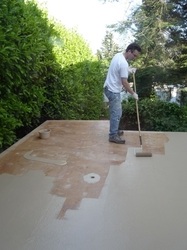
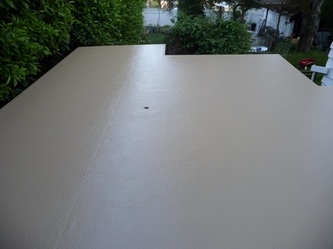
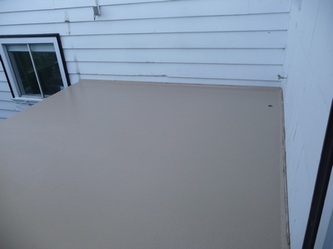
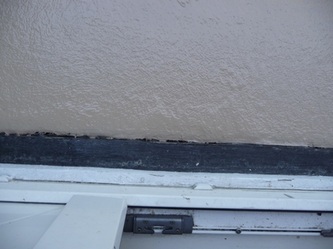
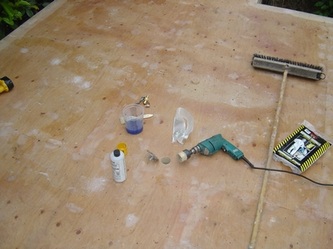
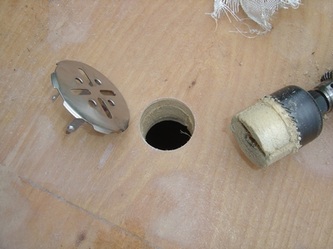
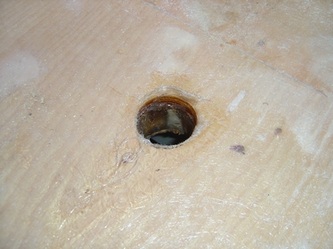
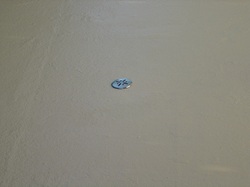
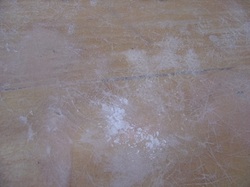
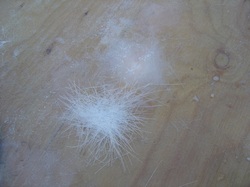
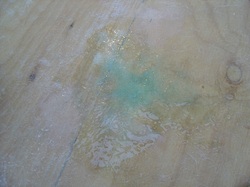
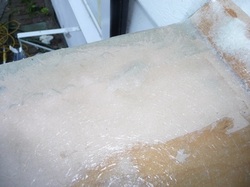
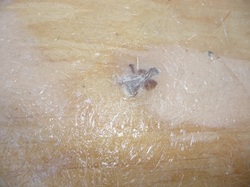
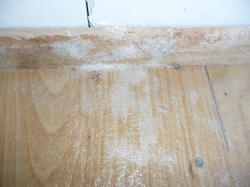
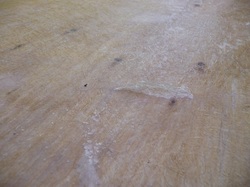
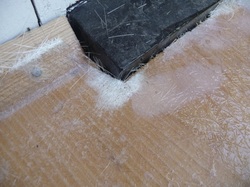

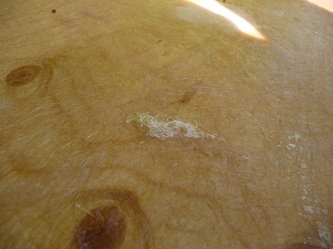

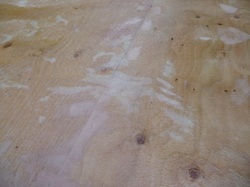
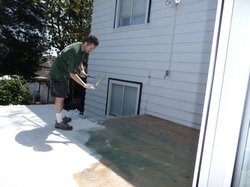
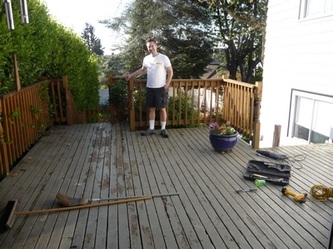
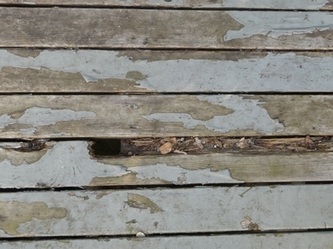
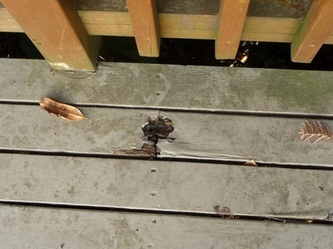

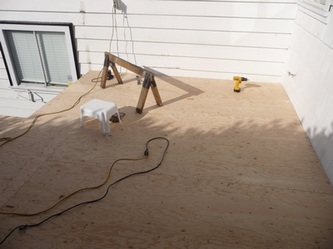

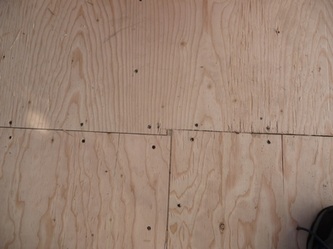
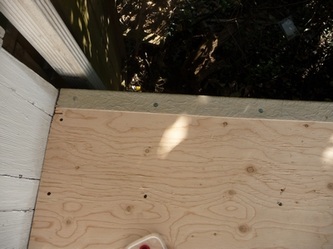
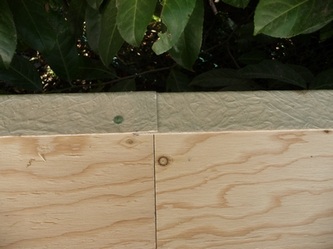
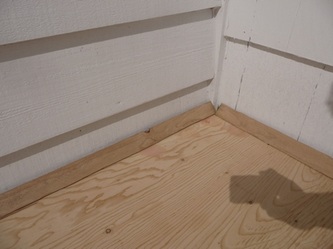
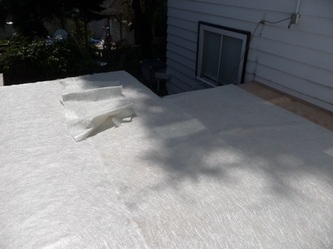
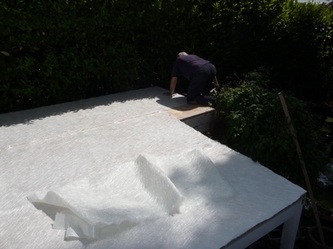
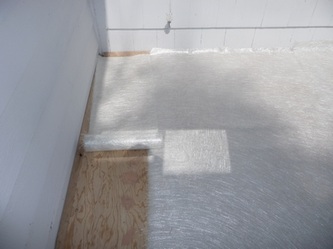
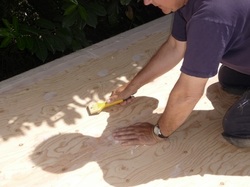
 RSS Feed
RSS Feed